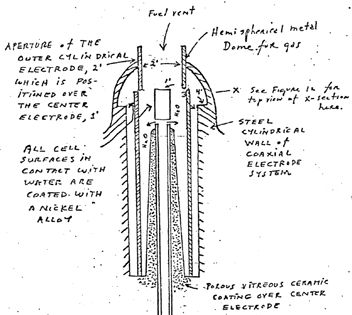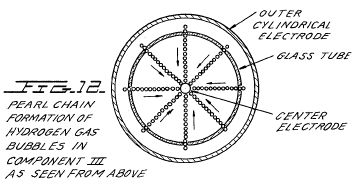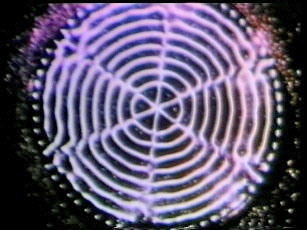Some more on resonance
First some more on coating. On one of Freddy's video's he shows his tubes wear out. That means the dielectic layers on both tubes are that thin that they are driven above their breakdown voltage. Otherwise the dielectric would protect the tubes from wearing out. So that mistery is solved now.
Then about resonance. I have done some analysis of resonating coils some time ago, which you can find in my article. Now if you manage to get a higher harmonic standing wave in between your tubes, which would be both electric and acoustic, then you get the same current at the hot spots, but you only have to pay for the current at the hot spots at your tube surfaces. So, that way you can get a real power gain, power which is tapped from the electric field by the charge carriers in your fluid. The ones that don't reach your tubes....
The only question then is: is electrolysis possible with "in fluid" currents? I guess the answer is yes, cause otherwise this won't work....
First some more on coating. On one of Freddy's video's he shows his tubes wear out. That means the dielectic layers on both tubes are that thin that they are driven above their breakdown voltage. Otherwise the dielectric would protect the tubes from wearing out. So that mistery is solved now.
Then about resonance. I have done some analysis of resonating coils some time ago, which you can find in my article. Now if you manage to get a higher harmonic standing wave in between your tubes, which would be both electric and acoustic, then you get the same current at the hot spots, but you only have to pay for the current at the hot spots at your tube surfaces. So, that way you can get a real power gain, power which is tapped from the electric field by the charge carriers in your fluid. The ones that don't reach your tubes....
The only question then is: is electrolysis possible with "in fluid" currents? I guess the answer is yes, cause otherwise this won't work....


 I'm going for a lie down now!
I'm going for a lie down now!






Comment